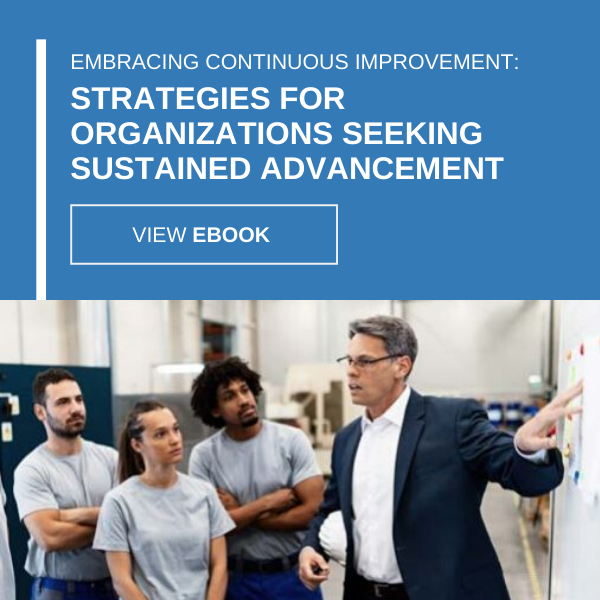
Would You Know A Culture Of Continuous Improvement If You Saw One?
People often talk about continuous improvement using nebulous terms, one of which is culture. To succeed, experts say, businesses must create a “culture” of continuous improvement.
But culture is not usually something readily perceptible or tangible, and its abstract nature makes it impossible for many organizations to move forward on anything real. So let’s cut through the noise and be direct: What does continuous improvement culture actually look like in action?
Step 1: Pilot
Any project has three phases: the pilot, the rollout, and the integration with current operations. CI culture is the frictionless force pushing a pilot to mature into business as usual. It is also the invisible hand that prevents an unremarkable pilot from moving forward.
In that sense, pilots are always investigatory. A company considers a project in the first place because there’s ample evidence to support its widespread implementation, but that doesn’t mean data gathering is unimportant after the pilot begins. What metrics should businesses use to assess pilots? Those that align to their greater objectives, such as increased productivity, fewer asset failures, etc. The question, now answered, then becomes this: Can you verify that the pilot is improving those conditions?
Example: A mining company wants to implement a more efficient system for checking in and out its self-contained breathing apparatuses (SCBA). To ensure the change doesn’t affect operators’ tight schedules, leaders create a pilot program, present it at only one of its sites and monitor what happens closely.

Step 2: Rollout
Even in a CI culture, rollouts should still happen gradually – but not so gradually they undermine collective interest in the project.
Don’t abandon ship, so to speak, at the first sign of trouble. Scaling up may present variables that stakeholders hadn’t accounted for and must be resolved. Good CI culture accelerates the adoption of good ideas, but it also supports businesses as they respond to obstacles preventing otherwise beneficial projects from taking shape.
Example: As the mining company begins to rollout the new SCBA management process, a problem arises. Operators neglect to let equipment managers know about broken straps, dirt in the masks and low levels of compressed air, which in turn create issues for the workers in the next shift as well as the equipment managers. One EM suggests a more comprehensive sign-out method and at least one EM available in person at the end of every shift to manage issues.
Step 3: Integration
Once an improvement project is up and running, good CI culture powers its preservation. Stakeholders should set safeguards in place to prevent slippage. Developing preventive measures, however, requires a critical eye: Every project has its Achilles’ heel. It’s up to project managers to identify problem areas before they snowball, uncover their root causes and then solidify permanent solutions.
Example: Although the adapted sign-out method improved matters a little, operators continue to not log mechanical issues with their SCBAs. One operator comes forward and says others worry if they report broken equipment, they will be held responsible. They would rather not say anything than suffer retaliation. Project managers immediately eliminate this concern by scheduling regular team meetings and training sessions where operators are taught how to properly care for SCBAs and why it’s important to always file reports on faulty equipment.
Don’t forget people
Which brings us to the moral of the story, something we’ve talked about in past blog posts: People make continuous improvement culture possible. Contact USC Consulting Group today for information on how our operations management consultants can help your business instill the values of CI in your workforce and build a CI culture you can truly depend on.





